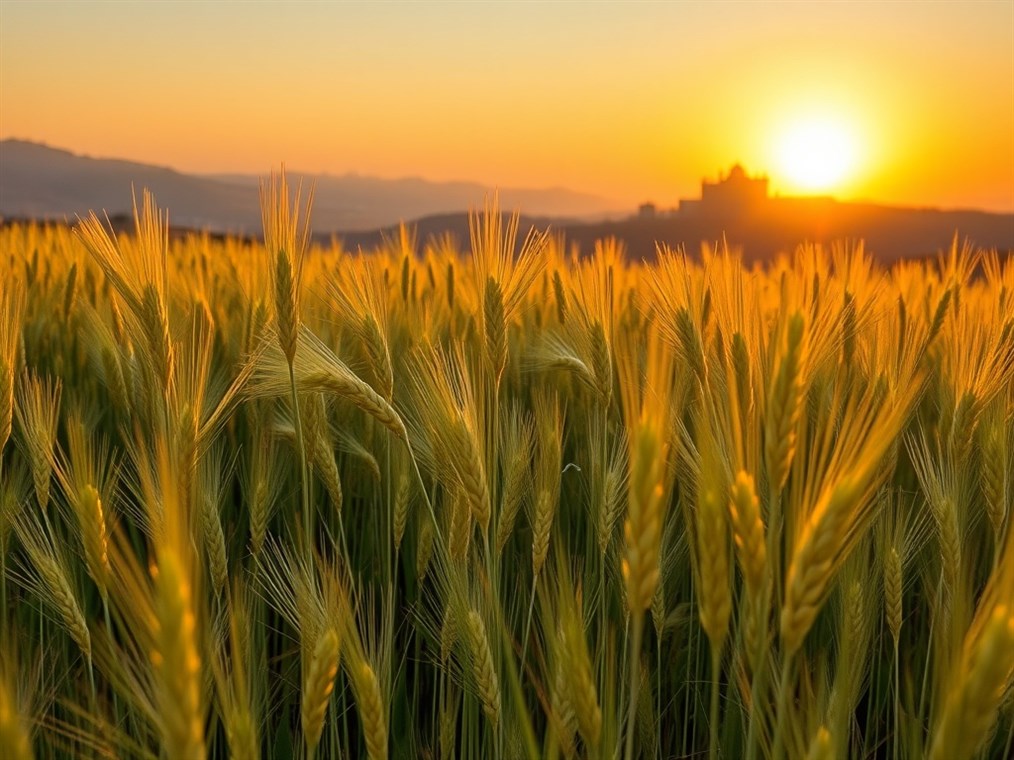Freekeh: Is This Ancient Grain a Protein Powerhouse? Let’s Dig In!
Okay, so you’ve probably heard of quinoa, maybe even farro, but have you met freekeh? (Pronounced free-kah, by the way.) This ancient grain, hailing from the Middle East, is making waves in the health food world, and for good reason. It’s got a killer smoky, nutty flavor and a satisfyingly chewy texture. But the big question is: does freekeh pack enough protein to be considered a complete protein? Let’s find out, shall we?
First things first, what is a complete protein, anyway? Think of proteins as the Legos of your body. They’re made up of smaller building blocks called amino acids. Now, there are 20 amino acids in total, but nine of those are “essential.” That means our bodies can’t make them, so we gotta get them from our food. A complete protein is basically a food that contains all nine of those essential amino acids in decent amounts. Got it? Good.
Now, back to freekeh. This grain does bring some protein to the table – a quarter-cup (that’s about 40 grams) of the uncooked stuff gives you around 5-6 grams. I’ve even seen some sources claiming as high as 13-15 grams per 100g serving! Not bad, right? It definitely gives other grains a run for their money. But here’s the catch: whether it’s a complete protein is a little murkier.
Honestly, digging up the exact amino acid breakdown of freekeh is like searching for a needle in a haystack. A lot of those big nutritional databases just don’t have all the details on those nine essential amino acids. So, without that complete picture, it’s tough to say definitively whether freekeh is a complete protein or not.
Here’s what we do know, though: since freekeh is a type of wheat, it does contain all the essential amino acids. Plus, it’s loaded with glutamic acid, which your body can turn into glutamine – a real MVP for muscle strength and endurance.
But hey, even if freekeh isn’t a one-stop complete protein shop, it’s still a fantastic addition to your diet. Think of it as a team player!
For starters, it’s a fiber superstar, blowing brown rice and even quinoa out of the water. And we all know fiber is our friend, right? It keeps things moving in the digestive department, helps you feel full and satisfied, and even keeps your blood sugar on an even keel.
But wait, there’s more! Freekeh is also bursting with vitamins and minerals like manganese, phosphorus, niacin, magnesium, copper, zinc, and vitamin B6. Basically, it’s a nutritional powerhouse. Oh, and did I mention it’s a prebiotic? That means it feeds the good bacteria in your gut, keeping your microbiome happy and healthy.
So, how do you actually eat freekeh? Glad you asked! It’s super versatile.
Think of it as a swap-in for rice or quinoa in just about anything – pilafs, salads, soups, stews… you name it. I love using it as a simple side dish with roasted veggies or grilled chicken. And for a fun twist, try adding cooked freekeh to your morning oatmeal or breakfast bowl. Trust me, it’s delicious!
Okay, so the final word? While we can’t definitively crown freekeh as a complete protein champ just yet, it’s definitely a protein-rich grain with a ton of other health benefits. So, go ahead and give it a try! Just make sure you’re eating a variety of other protein sources throughout the day to cover all your bases. Happy eating!

